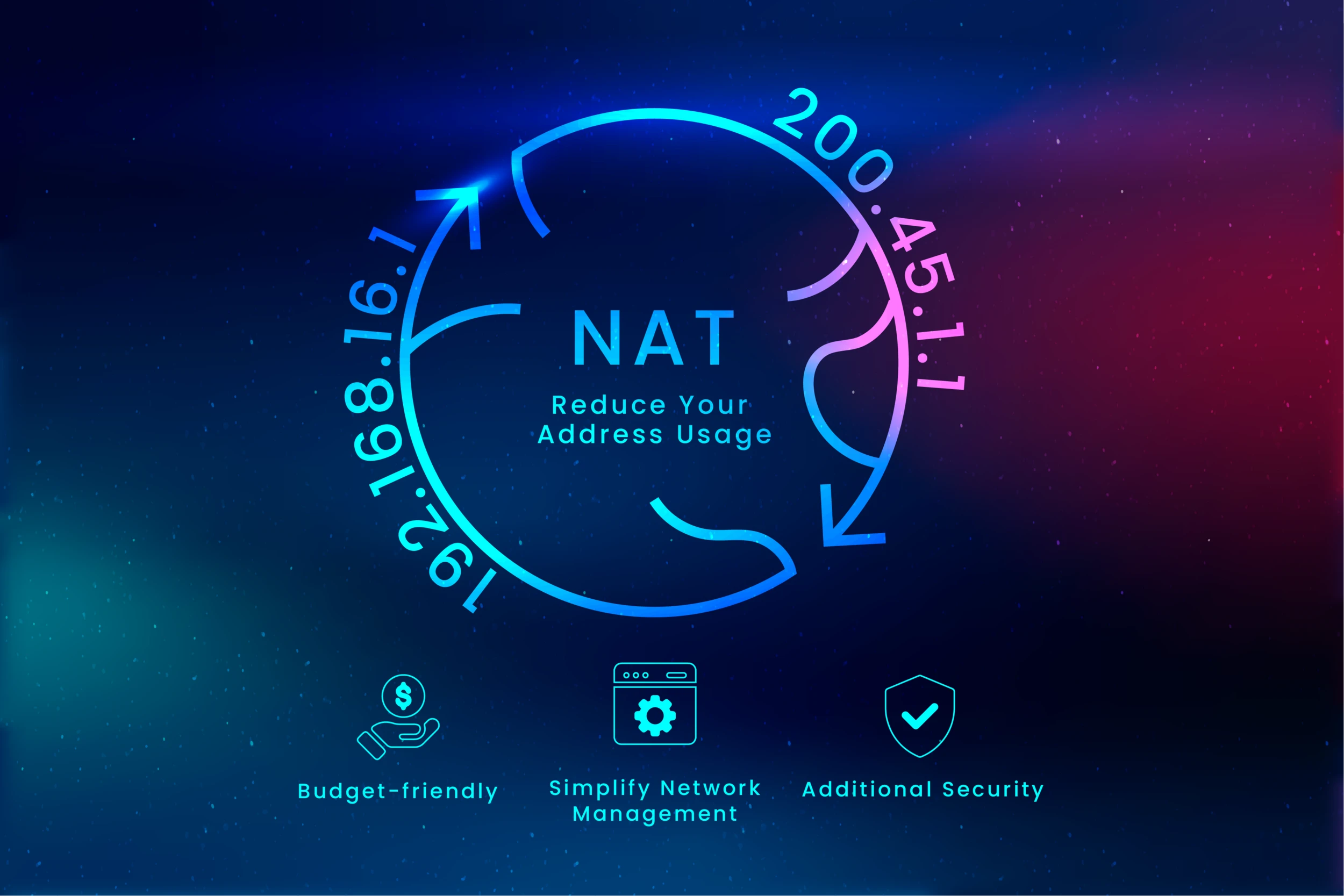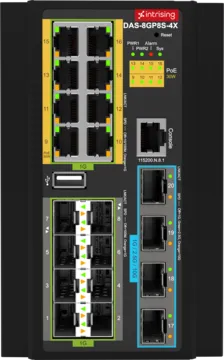
NAT Feature
Reduce Your Address Usage
Reduce Your Address Usage
Taipei, Taiwan, Oct 19, 2022—For a device or networking system to connect to the internet, it needs an IP address, which is a special collection of integers separated by periods. This number is used to identify and locate a network device and allows users to connect with the web. IPs are classified into two types: IPv4 and IPv6. Only roughly 4.3 billion IPv4 addresses were generated in the early days of the internet. However, not all of them could be assigned to the device for communication to be established. Some were retained for testing, military, and broadcast purposes, while the remaining 3B IPs were open for communication. The IPv6 addressing system was created to solve this flaw in the IPv4 addressing method. IPv6 recreates the addressing system, allowing for more address allocation alternatives, however, it has taken several years to change the networking system architecture and deploy it. With that being said, a whole new protocol is required to solve the current issue. The whole situation leads to the development and deployment of Network Address Translation (NAT).
Network Address Translation (NAT) is a mechanism that allows numerous devices on a local network to publicly share a single IP address, even though each device has a distinct private IP address on that network. Network address translation helps with this by transforming network devices' allocated private addresses into the public IP addresses of their respective networks. This implies that data packets can be delivered and received by the appropriate devices. There is no need for numerous public IP addresses within a single local network. Most home routers use network address translation (NAT), although this isn't the only application of NAT.
Even big enterprises with a reasonably extensive private network may choose to employ a single IP address for their entire internal network for economic or security reasons. Bearing in mind the importance of NAT both for home and business networks, Intrising product now comes with a NAT feature. The first benefit of NAT is that it simplifies network management by allowing administrators to use any internal addressing system they wish. Because it is private, the internal addressing scheme is not subject to external limitations that administrators may not necessarily understand. The second benefit of NAT that it reduces the number of public IP addresses. Because the number of accessible IP addresses is minimal in comparison to the number of terminals that may be linked to the Internet, the IP network protocol, which is utilized in today's Internet in its version 4, has a severe constraint.
Given the scarcity of this resource, administrators seeking to gain from it must pay a price for its availability. NAT overcomes the lack of IP addresses in IP version 4 by allowing users to save IP addresses at two independent levels. Another big benefit of NAT is in terms of safety. Because they are not immediately reachable from the outside, the terminals have added security. There are three methods for configuring NAT that is, Static NAT, Dynamic NAT, and Port Address Translation (PAT). Of the three varieties, PAT is the most often used. It is a version of Dynamic NAT and is comparable to it, except it uses ports to translate many private IP addresses to a single public IP address. PAT is common among businesses that want their employees to utilize a single IP address while being monitored by a network administrator. It is also less expensive because multiple people connect to the internet with a single IP address.
When seeking to reduce the number of public IP addresses necessary for connections, a dynamic NAT connection, such as a PAT connection, is beneficial. PAT connections greatly minimize the depletion of public IP addresses since they allow you to attach numerous devices to the same public address via ports. This makes it a more efficient means of connecting to the internet for devices that do not require a stable IP address. Connecting to a network using a dynamic protocol like PAT adds another layer of security since the private address of the device is hidden from public view during the PAT protocol's private address translation. NAT and PAT protocols are used internationally to reduce the need for distinct IP addresses. They both operate similarly, with only a little change. Because NAT does not use ports as in PAT, all internal computers can share a single translation address. Both of these features are available on Intrising products now. Whether you decide to configure NAT or PAT, your network will be benefited from it for sure.
